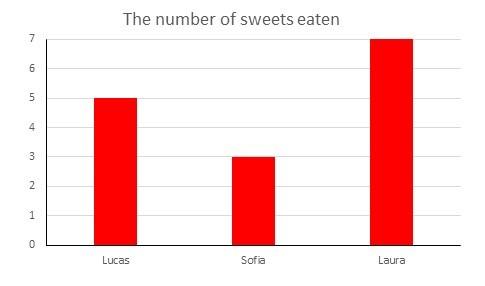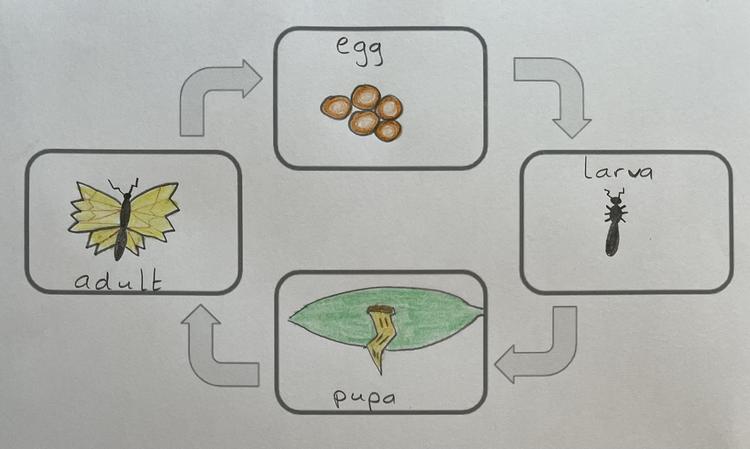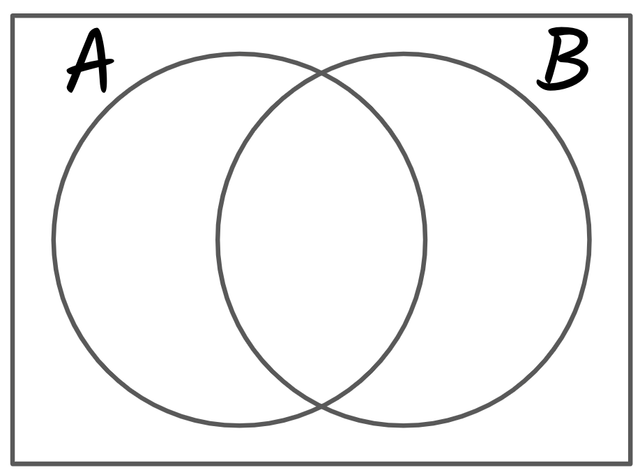Myths about teaching can hold you back
- Year 4
Different teeth for different food
I can identify which teeth are used to eat different types of food.
- Year 4
Different teeth for different food
I can identify which teeth are used to eat different types of food.
These resources will be removed by end of Summer Term 2025.
Switch to our new teaching resources now - designed by teachers and leading subject experts, and tested in classrooms.
These resources were created for remote use during the pandemic and are not designed for classroom teaching.
Lesson details
Key learning points
- Different types of teeth are shaped differently for different functions.
- Humans are mostly omnivores and therefore have different types of teeth for eating food from animals and plants.
- Different types of teeth can be used to eat the same piece of food.
- Food can be classified according to which teeth are used to eat different foods, using sorting hoops and Venn diagrams.
Keywords
Identify - To identify something is to be able to name it correctly.
Teeth - Teeth are used to break down food before it is swallowed.
Functions - The tasks or jobs that an object has are its functions.
Omnivore - An omnivore is an animal that eats both plants and other animals.
Classify - To classify is to sort objects into groups.
Common misconception
Children may not make the link between types of teeth and types of food we eat.
Show the children, through images and practical investigation, that humans all have the same variety of teeth to eat a variety of food. It might be useful to discuss how non-meat eating humans do still have canine and incisor teeth.
To help you plan your year 4 science lesson on: Different teeth for different food, download all teaching resources for free and adapt to suit your pupils' needs...
To help you plan your year 4 science lesson on: Different teeth for different food, download all teaching resources for free and adapt to suit your pupils' needs.
The starter quiz will activate and check your pupils' prior knowledge, with versions available both with and without answers in PDF format.
We use learning cycles to break down learning into key concepts or ideas linked to the learning outcome. Each learning cycle features explanations with checks for understanding and practice tasks with feedback. All of this is found in our slide decks, ready for you to download and edit. The practice tasks are also available as printable worksheets and some lessons have additional materials with extra material you might need for teaching the lesson.
The assessment exit quiz will test your pupils' understanding of the key learning points.
Our video is a tool for planning, showing how other teachers might teach the lesson, offering helpful tips, modelled explanations and inspiration for your own delivery in the classroom. Plus, you can set it as homework or revision for pupils and keep their learning on track by sharing an online pupil version of this lesson.
Explore more key stage 2 science lessons from the Introduction to the human digestive system unit, dive into the full primary science curriculum, or learn more about lesson planning.

Equipment
Variety of foods to eat - not essential but may be helpful for the children to explore.
Content guidance
- Risk assessment required - equipment
Supervision
Adult supervision required
Licence
Prior knowledge starter quiz
6 Questions
Q1.Which of these do your teeth help you to do?
Q2.Which of these people help you to look after your teeth?
Q3.What do dentists use to be able to see your teeth more closely in your mouth?
Q4.Teeth are part of our system.
Q5.How many sets of teeth will you grow in your life?
Q6.What are your first set of teeth called that you have when you are a young child?
Assessment exit quiz
6 Questions
Q1.Match the name of the teeth to its shape.
flat, smooth and almost rectangular teeth
sharp and pointed teeth
wide, flat and bumpy teeth
Q2.Different types of teeth are shaped differently for different jobs or ...
Q3.Humans have different types of teeth for eating food from animals and plants. Animals that eat both meat and plants are called ...
Q4.Which image below shows a Venn diagram?





